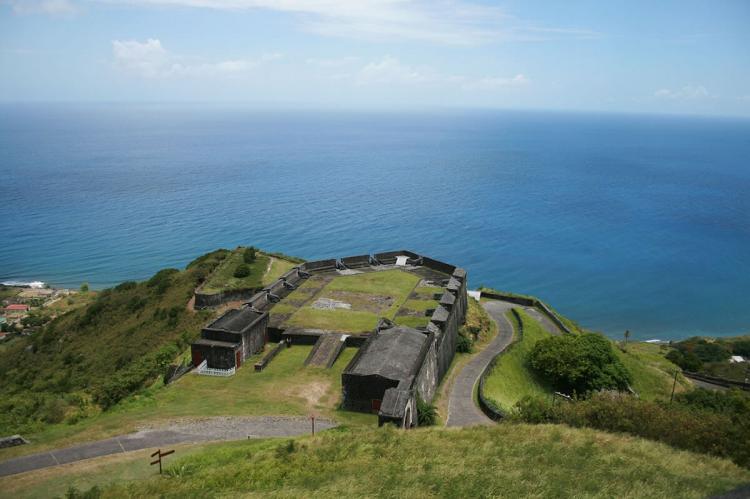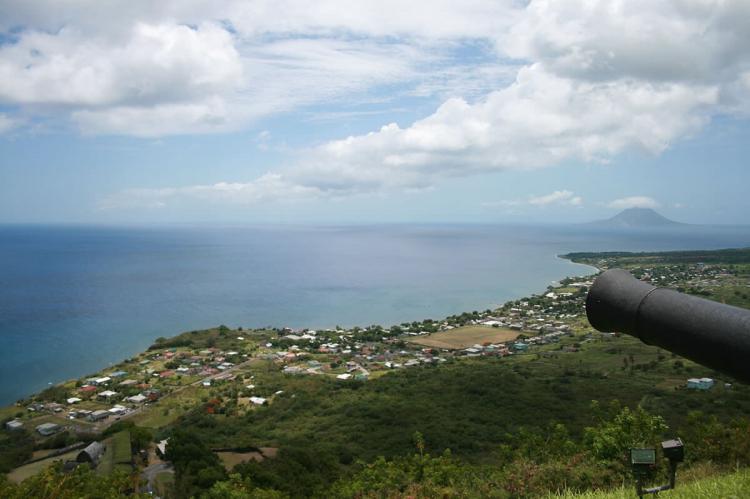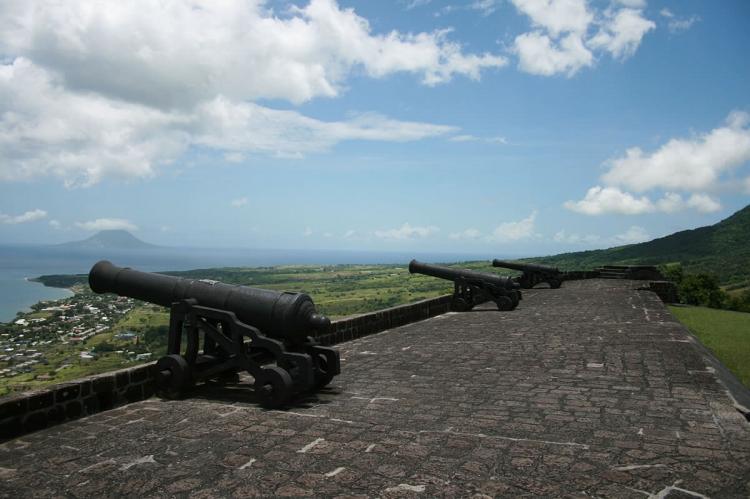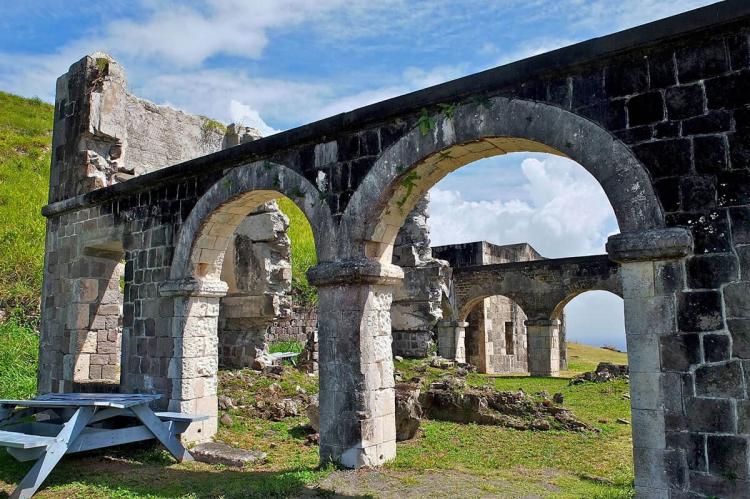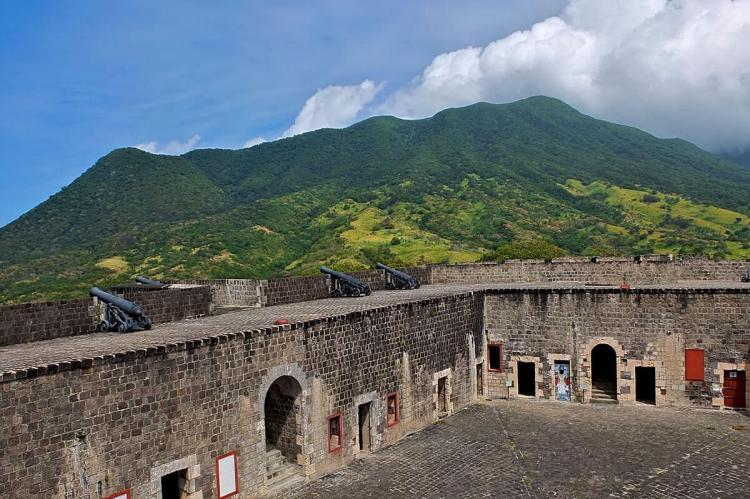Brimstone Hill Fortress National Park: Guardian of Caribbean History
Nestled atop the hills of St. Kitts, Brimstone Hill Fortress National Park serves as a vivid reminder of the complex history of the Caribbean. This immaculately preserved fortress is a prime example of European colonial expansion and the African slave trade and is considered a true gem of St. Kitts.
Brimstone Hill Fortress National Park: Guardian of Caribbean History
Nestled on the lush hills of St. Christopher, Brimstone Hill Fortress National Park is a testament to Caribbean history. This meticulously preserved fortress, an exemplar of European colonial expansion and the African slave trade, is a jewel in the crown of St. Kitts, offering visitors a glimpse into the struggles and triumphs that shaped the region.
Historical Significance
Spanning approximately 15 hectares (37 acres) and surrounded by a 1.6-kilometer (1-mile) buffer zone, Brimstone Hill Fortress is not merely a collection of stone structures but a living chronicle of St. Kitts' tumultuous past. Designated within the St. Mary's Biosphere Reserve, the fortress encapsulates the convergence of European military strategy, the African diaspora, and the emergence of new societies in the Caribbean.
Engineering Marvel
This fortress, an intricate engineering marvel, was conceived by British designers and brought to life through the labor of enslaved Africans. Poised on a double-peaked volcanic hill ascending 230 meters (755 feet) above sea level, the architects ingeniously harnessed the natural topography to create a stronghold safeguarding the island's inhabitants and coastal defenses against potential threats from the Caribbean Sea.
Colonial Battleground
St. Christopher (St. Kitts), the inaugural West Indies island to witness European colonization, became a battleground for supremacy between the French and English. Brimstone Hill's military saga began in 1690 when the British strategically placed a cannon to oust the French. Over the next century, the fortress evolved in response to the changing tides of power dynamics in the region, becoming a symbol of resilience and adaptability.
Architectural Splendor
The fortress's principal structures, constructed in basalt blocks with a rubble core, are strategically positioned on different levels of the upper third of the hill. The use of local limestone for decorative elements adds a touch of elegance to the fortress and highlights its builders' craftsmanship. Quarries on the lower slopes provided the abundant stone necessary for construction.
Fort George, also known as the Citadel, is at the heart of Brimstone Hill. Completed in the late 1700s, it represents the earliest surviving example of the "Polygonal System" of fortress design. This strategic masterpiece showcases its architects' meticulous planning and foresight, providing a glimpse into the military prowess of the time.
Legacy and Preservation
Serving its strategic purpose until 1853, Brimstone Hill Fortress witnessed the ebb and flow of geopolitical realities. Abandoned by the British military, many of its structures were dismantled. However, a new chapter began as the fortress transformed into a national park, preserving its physical remnants and the spirit of resilience that defines the Caribbean. Today, Brimstone Hill Fortress National Park stands as a guardian, inviting visitors to explore its storied past and reflect on its enduring legacy.
